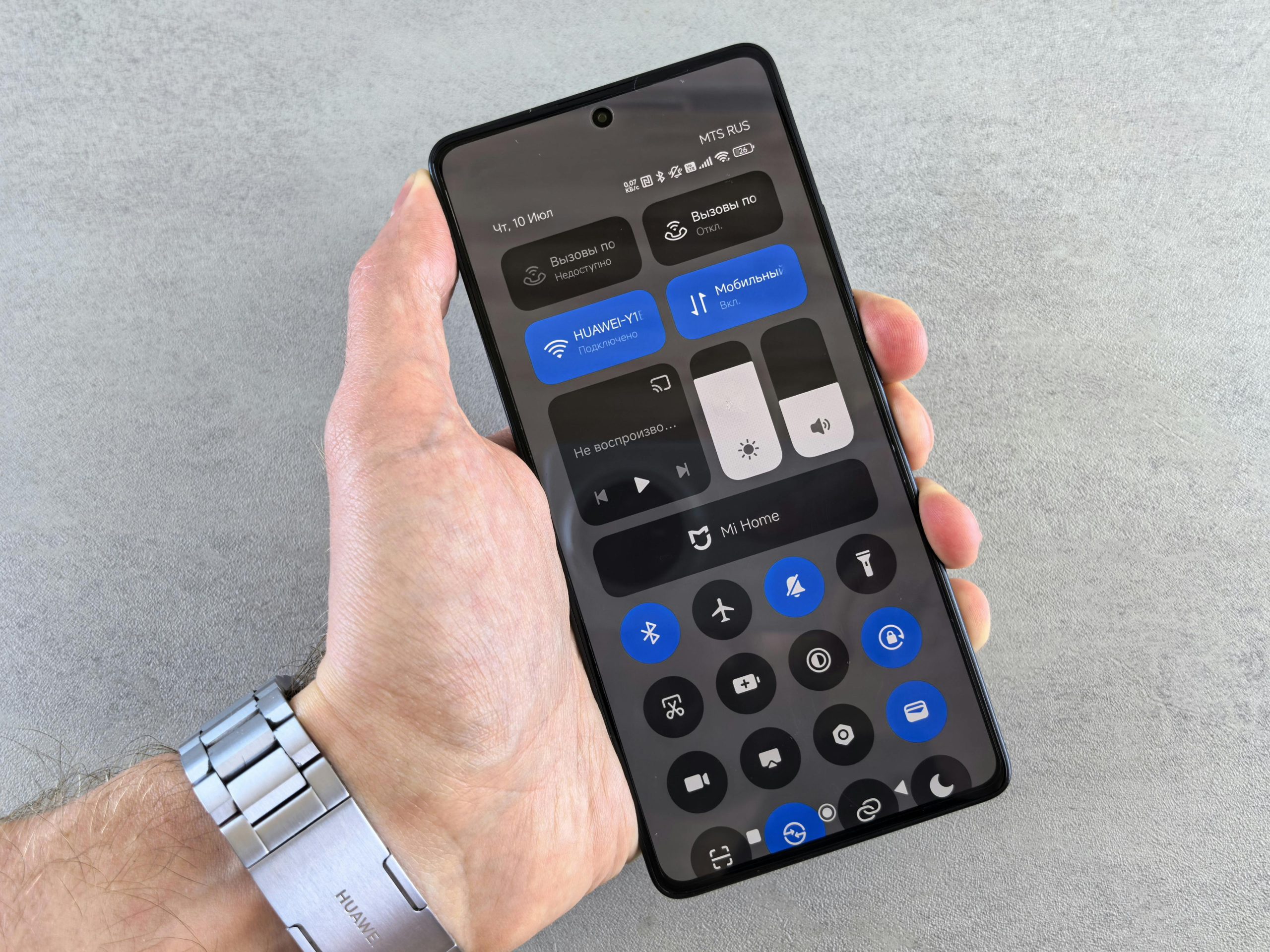When Bluetooth first arrived on personal computers, it was often treated as a novelty. Early versions offered only modest transfer speeds, the signal range was short, and device compatibility was inconsistent at best. To make it work on a Windows machine back then, you needed specific drivers or a USB stick — much like today, where users still often look for download Bluetooth for PS for Windows 11, 10, or 7 at https://www.bluetooth.today/en/downloads to get started.
Over the years, however, the technology matured significantly. Each generation of the standard added better throughput, reduced lag, and, perhaps most importantly, far lower energy demands. The shift introduced by Bluetooth Low Energy (BLE) was especially transformative, enabling an entire class of wearables, healthcare devices, and IoT gadgets that could stay powered for months from a tiny coin cell.
By 2025, with the rollout of Bluetooth 6.0, PCs gain not just faster and more reliable links but also advanced spatial awareness. Once considered an auxiliary feature borrowed from the mobile world, Bluetooth has become a core part of the desktop and laptop ecosystem.
1. How Bluetooth Today Functions on a PC
Fundamentally, Bluetooth remains a short-range radio technology built around the crowded 2.4 GHz ISM spectrum. PCs typically provide this capability through integrated combo chips that also handle Wi-Fi, while desktops and older laptops often rely on plug-in dongles.
The real magic lies in the layered architecture of profiles and protocols:
- HID manages input devices like mice, keyboards, and controllers.
- A2DP streams stereo audio for headsets and speakers.
- RFCOMM emulates serial ports, bridging legacy hardware to modern systems.
- GATT underpins BLE, forming the basis for communications with sensors and connected objects.
All of this runs through the Host Controller Interface (HCI), which mediates between the radio hardware and the operating system. From there, Windows, macOS, or Linux abstracts these services so apps can interact seamlessly without managing the radio stack directly.
2. The Everyday Side
For most users, Bluetooth on a PC still fills familiar roles: pairing wireless peripherals, connecting headphones, transferring files to smartphones, or linking a gamepad for casual play. These are dependable, straightforward tasks — but they represent only the most visible layer of what’s possible
3. Creative and Non-Standard Uses
What makes Bluetooth Today fascinating is how it stretches into more unconventional scenarios where its balance of energy efficiency, secure connections, and cross-platform support proves invaluable.
Music Studios: Through Bluetooth MIDI, musicians can connect instruments wirelessly to PCs running DAWs. While ultra-low-latency live performance remains a challenge, it works beautifully for writing, arranging, and demo sessions.
Healthcare: Hospitals and home clinics employ PCs paired with Bluetooth diagnostic equipment, from portable ECG readers to glucose monitors, with BLE ensuring minimal battery drain.
Industrial Logistics: In warehouses, rugged PCs interact with barcode scanners and RFID readers via Bluetooth, streamlining mobile inventory management.
Defense and Aerospace: Simulation systems in training facilities use Bluetooth-enabled motion trackers and control devices, eliminating cable clutter in tight, high-tech spaces.
4. Experimental Uses and the Future with Bluetooth 6.0
The arrival of Bluetooth 6.0 marks a leap forward. Its Channel Sounding feature allows devices to calculate relative position with GPS-like accuracy indoors. For PCs, this means applications such as:
- Guiding users through airports, malls, or hospitals with turn-by-turn indoor navigation
- Controlling fleets of warehouse robots with precise spatial awareness
- Powering immersive AR and VR training linked to desktop workstations
Even more transformative are AI-driven sensor networks, where PCs crunch real-time Bluetooth data from dozens of devices simultaneously. Use cases range from monitoring athletes’ biomechanics to predictive maintenance in smart factories.
Another frontier is next-generation wireless audio. With codecs like LC3plus and latency reduced to just a few milliseconds, Bluetooth 6.0 could become viable for professional e-sports, studio recording, or even telemedicine procedures where timing is critical.
And as hybrid wireless models emerge, Bluetooth will no longer stand alone. Instead, it will coexist with Zigbee, Thread, and Wi-Fi in mesh networks — with the PC orchestrating the entire system.
5. Conclusion
Bluetooth Today on PCs is far from a minor convenience. It has evolved into a flexible, secure, and forward-looking component of everyday computing. For users who need to enable or update their system, the fastest way remains downloading Bluetooth drivers from https://www.bluetooth.today/en/downloads — a simple step that unlocks a surprisingly broad range of possibilities.
From its conventional role in wireless input devices to advanced industrial and medical deployments, and soon with the added precision and performance of Bluetooth 6.0, the technology is set to remain a linchpin in the way PCs connect to the wider world.


